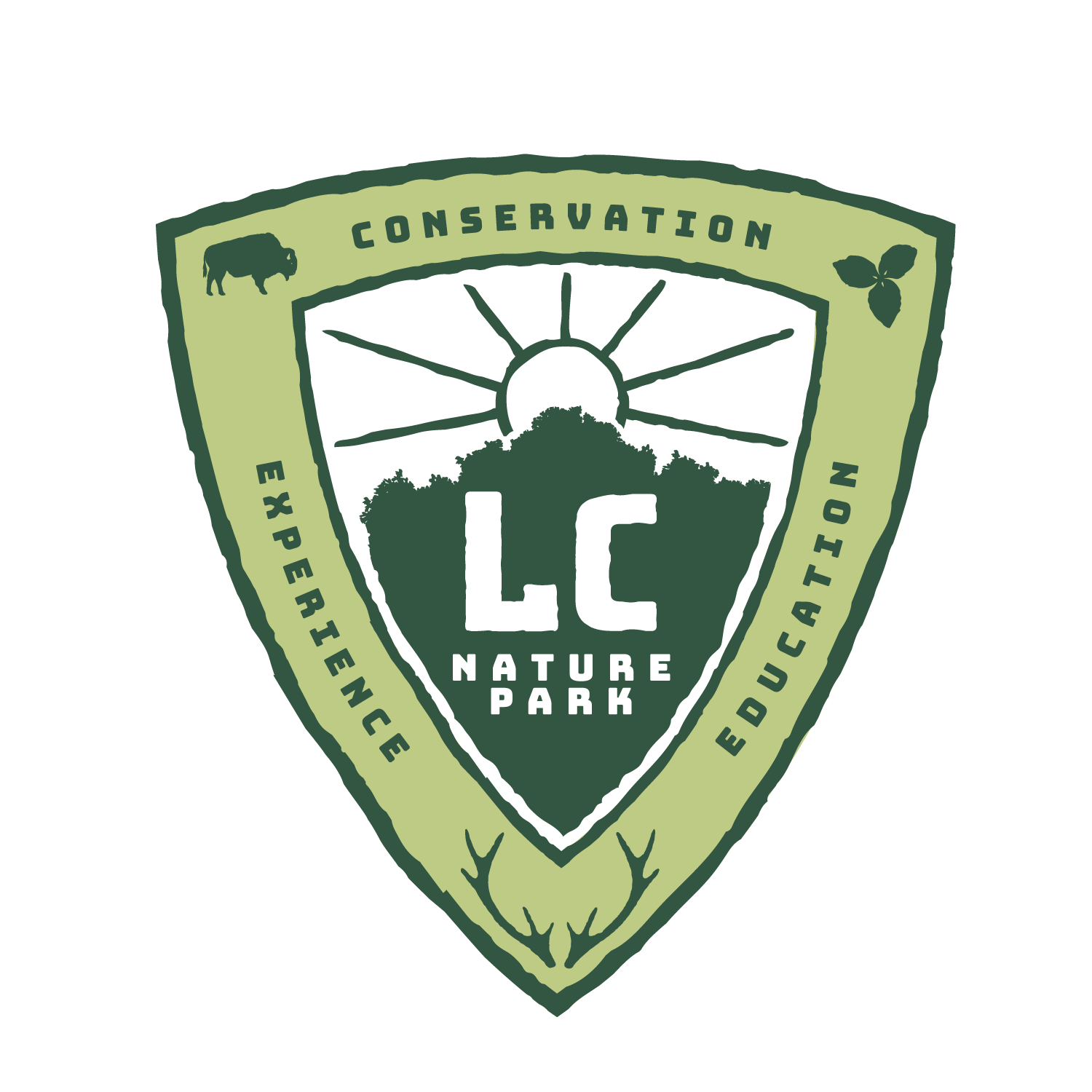Garlic Mustard: A Success Story
I began with LC Nature Park in February of 2019 and within a month it was right into Garlic Mustard (Alliaria petiolata) season. Garlic Mustard, as you may know, is a species native to Eurasia and parts of North Africa. It is a biennial, which means that it will live as a basal rosette (just leaves) for the first year and then bolt, flower, and set an average of 600 seeds per plant before dying. It takes advantage of any disturbance to move into an area, which makes it incredibly invasive. One of its biggest advantages comes from how early it begins to grow in spring. Typically, it emerges a couple weeks before the native spring species show themselves. This allows it to occupy the space that would otherwise be used by the native species. It can often be seen entering a woods via deer or hiking trails and quickly expanding out from there.
About 10 years or so ago John Brooks and others recognized and identified Garlic Mustard growing on the property. By learning about the aggressive nature of the species, John, with help from Betsy Yankowiak and volunteers from Little River Wetlands Project, began a large-scale effort to eradicate it from the property and they quickly learned this would be neither quick nor easy. Those first few years it seemed like the pulling and spraying, which you can do on the basal leaves prior to flowering in early spring, would never end. At one point, with the assistance of large volunteer groups, they were removing multiple dump truck loads of garbage bags full of pulled Garlic Mustard plants from the woodlands each year.
Which brings us to the spring of 2019 when I started working in what is now LC Nature Park. I think we removed around 15-18 garbage bags from the entire property during the spring of 2019. Then in the spring of 2020 we removed only 12 bags from the Park. I have heard many stories about how dense and seemingly over run the woodlands were with Garlic Mustard. But, needless to say, there has been a dramatic improvement. There is still some Garlic Mustard peppered in throughout the Park and I do not think we will ever get it to zero plants. One reason is that even if we remove every plant in the Park the seeds remain viable in the soil for 5 years. But taking an early spring hike through the Park you will be drawn to the incredible display of native spring ephemeral species that have repopulated the majority of the Park’s woodlands. Species like Jack in the Pulpit, Wild Ginger, Spring Beauty, Squirrel Corn, Dutchman’s Breeches, Yellow and White Trout Lily, Hepatica and Waterleaf species, Jewelweed, Solomon’s Seal, Woodland Phlox, Skunk Cabbage, Woodland Fragile Fern, and Prairie and Great White Trillium just to name a few. I think it is worth noting that the native species were not replanted or reseeded. They were always here and by removing the Garlic Mustard they were able to reclaim their rightful position in the ecosystem. We even saw this in another location where we removed acres of Honeysuckle and within a couple of weeks a high-quality woodland species called Indian Pipe (Monotropa uniflora) had come up in the woods.
It has been an amazing recovery from a woodland that was highly invaded by an extremely invasive non-native species to a highly diverse native understory through the simple act of removing the undesired plant.
— George Manning, PhD
